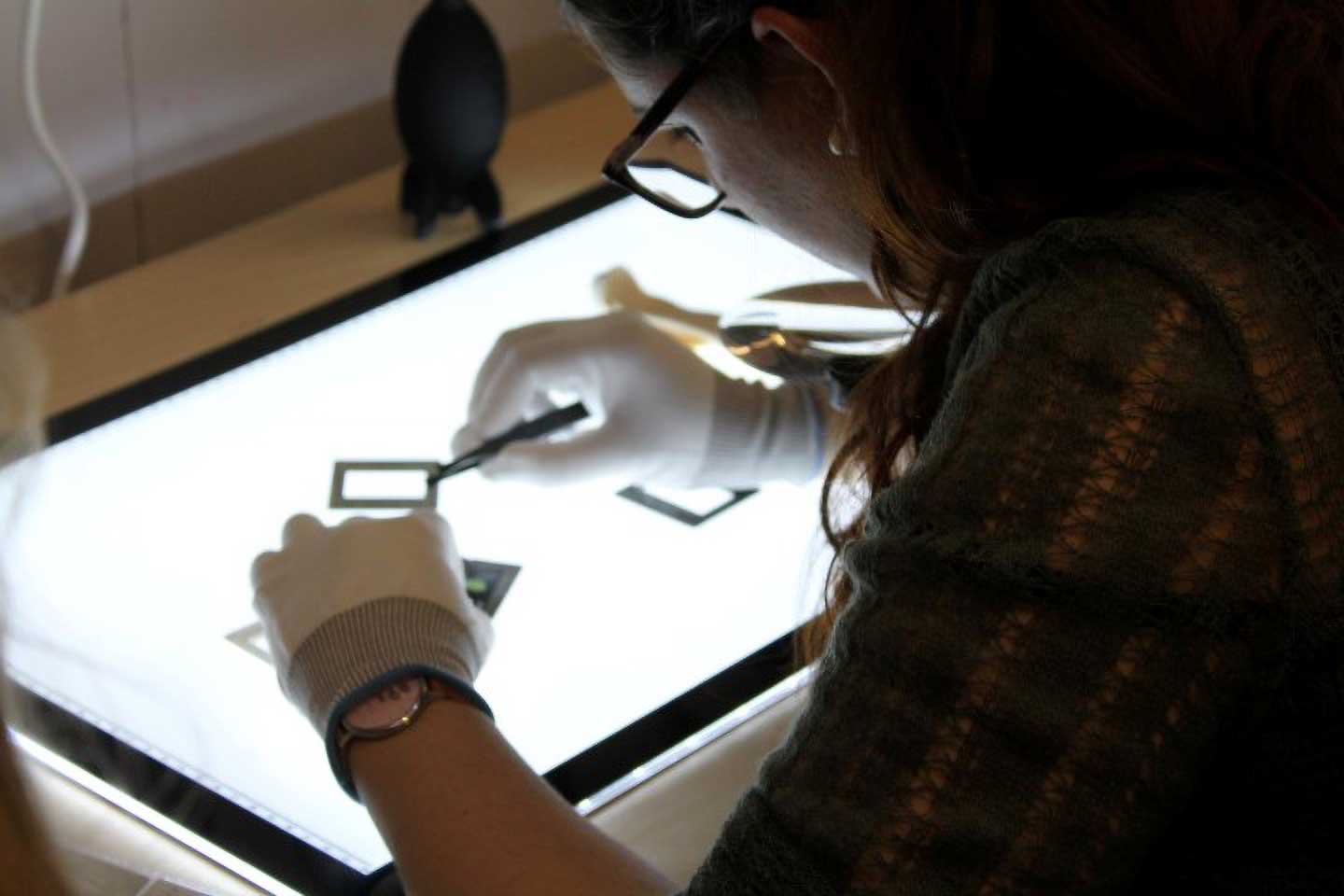
The archaeological archive includes, but is not limited to:
- Photographic material of the diving excavation, conservation, study and display of the collection (black and white and colour) 35mm slides, 6×5 transparencies up to A4 transparencies.
- Dive logs recording the excavation of the Mary Rose in detail. Every time a diver recorded what they did, they noted what they found, when it was found, where it was found and what it was found with.
- Site books were written by the more senior archaeological supervisors and they capture the day-to-day happenings of the work on site.
- Shore logs – in some instances items like chests were brought to shore and their contents excavated on the shore. These logs record that process.
- Radiographs – radiography of concreted artefacts – where iron has rusted and silts and sediments have ‘concreted’ around them – reveal the iron silhouette of the remains of the original object.
- Drawings – archaeological illustrations of the artefacts and ship timbers. These were particularly useful points of reference as artefacts were not as accessible while they were being conserved.
